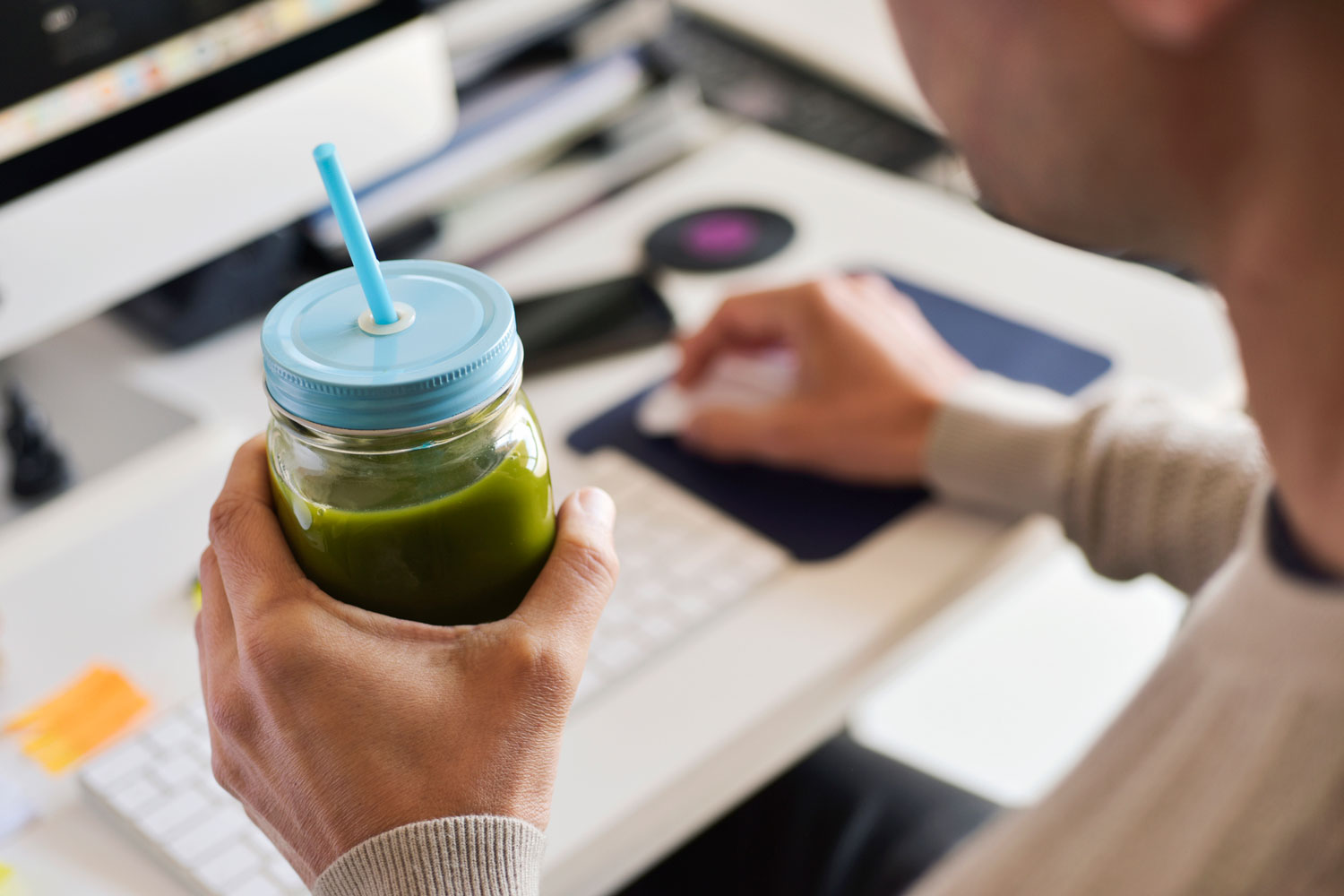Entering into the world of diets can be completely overwhelming: from “experts” and “influencers” plugging their own plans that seem to always promise quick and immediate results – it’s nothing short of a minefield.
So how do you cut through the bulls*t?
Let’s look at the facts.
Last year the U.S. News & World Report released rankings of 40 diets — including Mediterranean (tied for first place), vegetarian (#10), paleo (#32), and ketogenic (last place at #40). Coming in at the #1 spot in the “healthy eating” and “heart healthy” was the DASH diet, for the eighth year in a row. And it makes sense: it’s one of the very few diets with doctor-backed approval.
More than 20 years ago, the National Institute of Health (NIH) helped to fund research that would find a diet to prevent and lower high blood pressure. Appropriately named the Dietary Approach to Stop Hypertension (DASH), the diet may help you lose weight and lower blood pressure and heart disease risk.
To find out more about the eating schedule, we spoke to My Muscle Chef nutritionist, Ryan Pinto (and former consultant for sports teams such as Cricket NSW and the NSW Waratahs) to find out what it’s all about.
What is the Dash diet?
The diet was developed to help reduce the risk of high blood pressure and simply stands for Dietary Intervention to Stop Hypertension (High blood pressure). Its low sodium (salt) approach includes higher amounts of potassium, magnesium and calcium rich foods through the consumption of dairy, wholegrain cereals, fruits and vegetables.
A typical day would include:
- six to eight servings of grains
- less than six servings of meat, poultry, or fish
- four to five servings of vegetables
- four to five servings of fruit
- two to three servings of low-fat or fat-free dairy
- two to three servings of fats and oils
- No more than 2,300 milligrams of sodium per day
- Alcohol should be consumed in moderation, meaning no more than two drinks per day for men
What does a typical day (consuming a dash diet) look like?
So the main focus of this diet is balance out the high sodium foods with foods that contain high amounts of other electrolytes such as magnesium, calcium and potassium. Hence the diet recommends 5-6 serves of healthy grains, 4-5 serves of fruit as well as vegetables (the dark green and leafy ones!) along with 2-3 serves of low fat dairy per day. Protein should be mainly based around legumes, chicken or fish with smaller amounts of red meat and discretionary foods being consumed. My Muscle Chef meals and snacks are perfect for these needs as they’re packed with protein including the Mediterranean Chicken Power Bowl which has 47g of protein and there are meals that contain 1/3 of your daily intake of vegetables like the Dukkah Chicken Salad with Lemon Tahini Dressing.
What are the health benefits?
The health benefits in the short term are definitely aimed at lowering your blood pressure, improving the efficiency of blood circulation and protecting the walls of our blood vessels. in the long term, this diet has shown to improve cardiovascular health and reduce the risk of the diseases associated with the metabolic syndrome. Followers have also noticed a reduction to their waistlines which can be mainly due to the higher fibre consumption from fruits and vegetables.
What are the negatives?
The diet’s heavy handed approach to reduce processed foods and discretionary can be viewed by some as a tough reality check. The significant reduction of alcohol along with moreish foods such as chips, crackers and cheese can leave some questioning the long term sustainability of this diet, however, once you start to see the results of this diet, it is hard to argue again why you changed your diet!
Can you lose weight on this plan?
This is not designed specifically for weight loss however it tends to be quite a decent bonus. With the consumption of high amounts of slow digesting dairy based foods along with high fibre fruits and vegetables, followers tend to drop a few notches on their belt buckle along with the purported benefits associated with reducing the risk of hypertension. Some of My Muscle Chef’s latest menu items including the Chia Crusted Salmon with Soy Glaze, Broccolini & Rice have that high fibre level that can perfectly complement this diet.
Can you build muscle?
The answer is yes but it does have an asterisk attached to it. Weight training is required to stimulate muscle growth first. If followers of the DASH diet take part in regular weight training, the diet contains enough protein to help support recovery and initiate gains in muscle mass. Although the results may not be immediate, they will come with a sustained resistance training program and by consuming enough plant and animal protein as outlined by the DASHdiet.
How do I know if it’s right for me?
Simple, is your diet lacking variety and mainly based around takeaway or highly processed foods? If yes, then this diet may be a good way of transitioning to a healthier diet. if you’re unsure whether or not your have high blood pressure or whether your diet is up to scratch, then simply ask your doctor or make an appointment with your local dietitian!
















